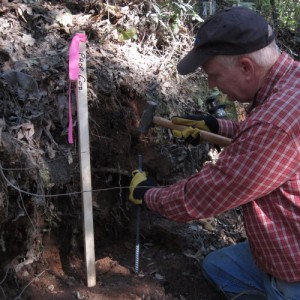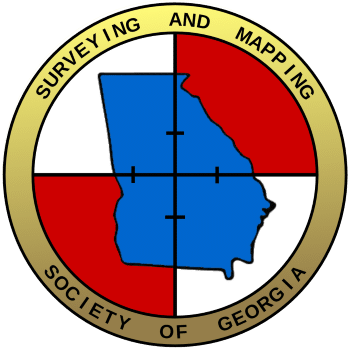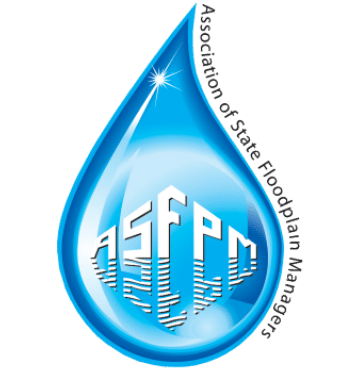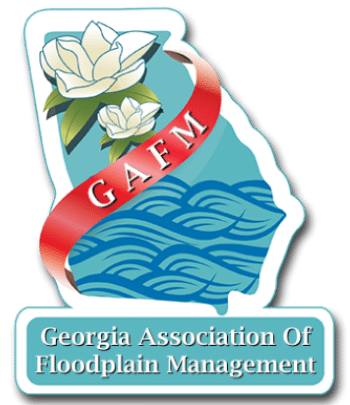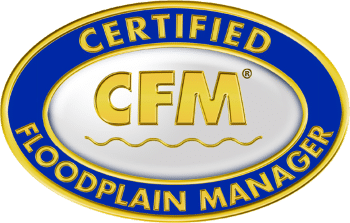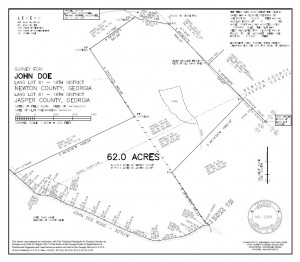
View Larger (PDF)
A Boundary Survey is performed to locate the boundary corners of a piece of property in order to show the owner the extent of his or her property. Generally, a boundary survey is either a retracement of an older survey or a retracement combined with cutting out new lots or tracts.
The results of the field work are shown on a Plat which is a scale drawing that shows the bearings and distances of the property lines, as well as the total acreage of the property.
Also, the Boundary Survey will show any existing improvements, such as buildings, fences, driveways, pools, etc. It will also show any encroachments and easements that may exist. The land surveyor will perform his duties in such a manner as to protect the safety, health and welfare of the public.
Do I Need A Boundary Survey?
I recommend you obtain a Boundary Survey whenever you purchase a tract of land and before you install any improvements on the property. Even if the property has been previously surveyed it is a good idea to get the property resurveyed to have the property corners flagged and staked. This is because often, over the course of time, the property corner markers can become disturbed, covered up or otherwise lost.
These property corner markers are extremely important when doing things like erecting a fence, building a shed, landscaping your yard or even cutting down a tree. Sometimes you will need to have the property lines staked every 50 feet or so if installing a fence. The last thing you want is to encroach onto your neighbors property (or for them to encroach onto your property) simply because you didn’t know where your property lines were.
Imagine spending thousands of dollars installing a nice new fence, concrete driveway or workshop only to find out that you built it over the line onto your neighbor’s land.
How Does The Surveyor Create A Boundary Survey?
The Surveyor begins by researching the public records pertaining to the property. These may include a copy of the deed to the property, tax assessor maps, right-of-way plans, and plats. It can also be helpful to gather any available records for neighboring properties.
These documents are obtained predominantly from the records of the county Clerk of Superior Court. Other county and municipal offices such as the local building official and department of transportation records may be examined. The surveyor’s own files will be researched to see if any work has been done in the area previously.
After examining these documents of record, the surveyor will visit the property and begin to retrace the property lines described in the deed or plat. The surveyor will look for monuments and markers that indicate where the property corners and property lines are. These may include iron pipes, rebar, concrete or stone monuments, fences, etc.
Using surveying equipment, the surveyor will collect detailed measurements of the boundary lines and improvements. Next, the surveyor will compile all of the information he has gathered and use it to prepare an accurate scale drawing mentioned earlier called the Plat. This is done using sophisticated computer software and plotters which delivers the final product depicting the boundary and improvements.
If necessary, the surveyor will go back to the property to set any missing property corners with monuments and make sure that all of the found property corners are flagged and easily visible.
How Much Does A Boundary Survey Cost?
Every property is unique and there are many factors that can affect the cost of a boundary survey. The average boundary survey can cost between a few hundred dollars to thousands of dollars. Here are some of the major cost factors:
- Size – Larger property costs more to survey than smaller property.
- Location – Properties located in remote or difficult to reach areas may cost more to survey than close by easy to access properties.
- Topography – A flat grassy site is easier to survey than a hilly forested site.
- Complexity – A site with a lot of property lines or creeks that need to be surveyed will require more work and therefore be more expensive.
- Research – If the client is able to provide some research documents or hire an attorney to conduct a title search, it will reduce the amount of research the surveyor has to do, and thereby reduce the overall cost of the survey
If you would like a price quote, just fill out our survey quote request form, and we’ll get back to you as soon as possible.

